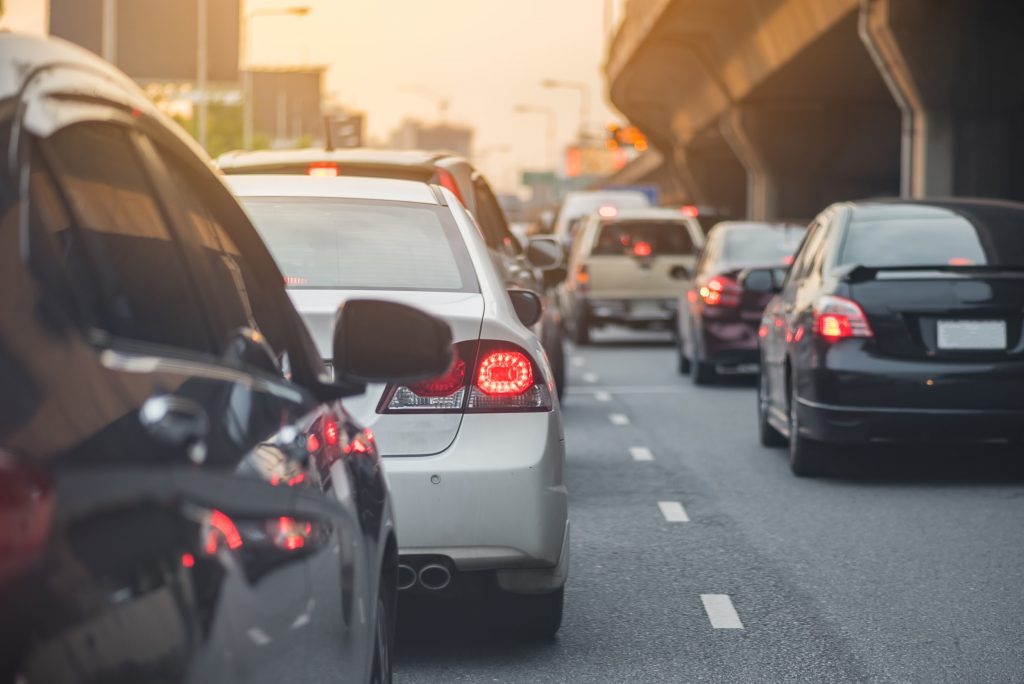We’re seeing significant environmental gains. Can we keep them?

We’re already hearing the news. With hundreds of millions of Americans sheltering in place, there’s been a dramatic dip in carbon emissions and improvement in air quality. Since this time last year, pollution in New York—the center of the country’s COVID19 pandemic—is down by nearly 50%. As residents stay in—and stay out of cars and planes—we’re quickly decarbonizing, at least in the short term.
The U.S. isn’t alone in its seismic environmental shift. In China—where residents sheltered in place earlier this year—emissions dropped 25%. Attributed to the sharp and immediate decline in transportation, coal use and general activity at the country’s power plants, many saw the positive impacts as restrictions lifted. In Chinese cities, “good quality air days” are up significantly.
While these initial signs seem like moves in the right direction, many experts warn they aren’t necessarily signs of permanent changes. During the global recession in 2008, CO2 emissions from fossil fuels dropped by 1.4%. Two years later, though, they were up nearly 6% as economies improved and people resumed the same high-carbon footprint behaviors.
Post-COVID19 could follow a similar pattern, at least from an environmental perspective. If countries resume their pre-virus reliance on fossil fuels, emissions will no doubt bounce back quickly—and, though necessary, more people traveling and more businesses reopening post-shutdown will add to the pollution and roll back improvements.

Many states, countries and even local governments and businesses are seeing the impact the current changes have had on the environment and air quality—and they want to see it continue.
That said, there is the potential that some of these positive environmental shifts could be here to stay as more people work from home and reduce their travel. However, meeting the Paris Agreement’s key goal—to limit global warming to an average global temperature increase of 1.5 °C (2.7 °F)—means curbing the world’s reliance on fossil fuels in a more material fashion
By taking the next few months to explore cleaner energy alternatives like solar and wind—and to promote related economic stimulus initiatives and the significant new job opportunities that go along with permanent emission reductions efforts—we can start from a positive jumping-off point. Because, right now, things are cleaner and greener—and that’s a plus.
